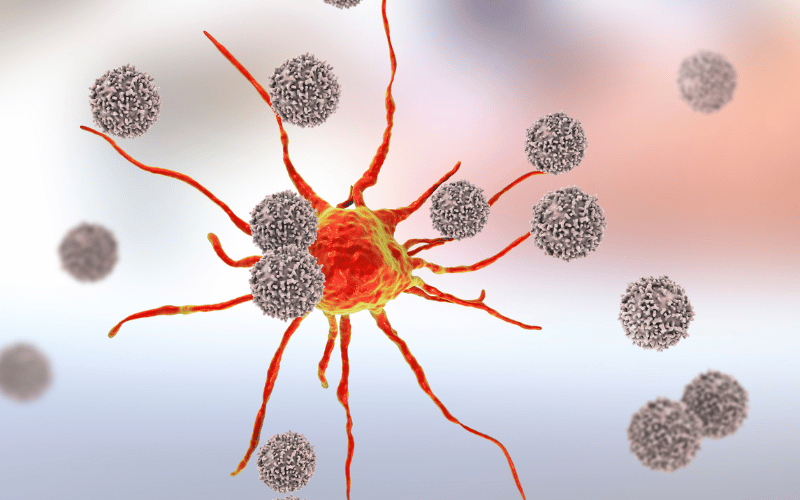10. Immune Response: The Body’s Battle Against Filiform Warts

The human body is nothing short of a fortress, equipped with an intricate defense system: the immune response. How does this system react when confronted with the presence of filiform warts? The answer reveals an enthralling tale of biology and resilience.
At its core, the immune system identifies and combats foreign invaders, such as viruses. When the HPV virus responsible for filiform warts enters the skin, a series of complex reactions are triggered. The body, recognizing this uninvited guest, dispatches its army of white blood cells.
However, the HPV virus is crafty. It often manages to evade this initial response, taking refuge in skin cells. This evasion is one reason why filiform warts can develop and persist on the skin for extended periods.
Yet, the battle is far from over. Over time, the body fine-tunes its response, creating specialized antibodies against the virus. This tailored defense, while more effective, can still take time to eradicate the wart entirely.
This dance between the virus and the immune system explains why some people might experience recurrent outbreaks, while others might have a one-time encounter. Factors like overall health, age, and even stress levels can influence the efficiency of the immune response.
Peering into the immune system’s response to filiform warts offers a firsthand view of nature’s battle strategies. It’s a testament to the body’s resilience and adaptability, constantly evolving to protect its sanctum against invaders. (10)